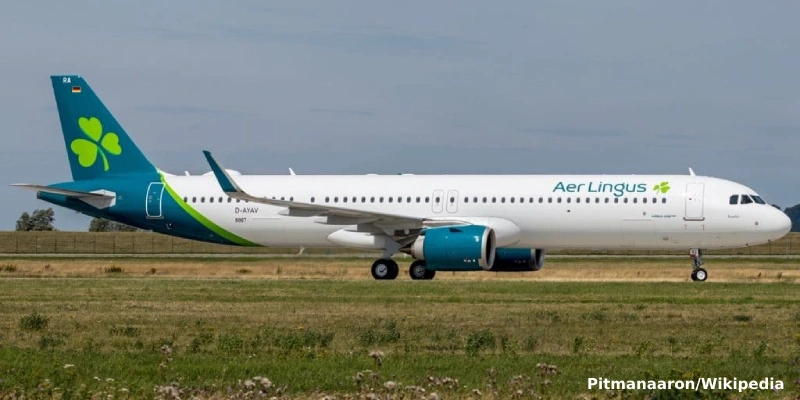On Monday afternoon, the Denver Air Route Traffic Control Center (ARTCC) suffered an unexpected 90-second communication failure. Although no operational incidents or risks to aircraft were reported, the event has raised concerns due to the recurrence of such failures in the U.S. air traffic control system.
What Exactly Happened
The Federal Aviation Administration (FAA) reported that around 1:50 p.m. (local time), both transmitters covering a specific segment of airspace in the area simultaneously stopped functioning. In response, controllers had to switch frequencies to continue relaying instructions to pilots.
According to the FAA’s preliminary statement issued on Thursday, “aircraft remained safely separated, and there were no impacts on operations.” However, the cause of the failure remains unknown, and an investigation has been launched to determine what triggered the disruption.
The Scope of the Affected Area
The Denver ARTCC is one of the most critical facilities in the U.S. air traffic network, covering approximately 285,000 square miles of airspace. Its jurisdiction includes all or parts of Colorado, Arizona, New Mexico, Utah, Kansas, Nebraska, South Dakota, Wyoming, and Montana, according to its website. An outage in this region represents a significant disruption to a key portion of national air traffic.
→ American Airlines and Dallas-Fort Worth Airport Unveil Plans for New Terminal F
Growing Concerns About System Reliability
This incident follows a series of similar events that have tested the air traffic control infrastructure. For example, Newark Liberty International Airport has faced multiple disruptions in recent weeks. On April 28, a failure caused radar screens to go blank for 90 seconds and radios to stop working for 30 seconds during peak hours. Five controllers were placed on 45-day trauma leave following the incident.
Additionally, last Sunday, a telecommunications issue prompted a ground stop for flights bound for Newark. The previous Friday, another 90-second outage affected radar and radio systems at the Terminal Radar Approach Control Facility.
Investigations revealed that similar incidents occurred in October and November of last year, suggesting an unresolved structural vulnerability in the system.
Safety Remains the Priority, Authorities Say
Amid public concern, U.S. Transportation Secretary Sean Duffy sought to reassure during a hearing before the Senate Appropriations Subcommittee. “I believe the system is safe,” he stated. “There are multiple redundancies throughout the system that keep people safe. Even in Newark, when we’ve slowed traffic, the focus isn’t efficiency—it’s safety.”
The FAA has reiterated its commitment to operational safety and investigating each of these incidents, though the recurrence of such events underscores the need for a thorough review of the control centers’ technological infrastructure.
Related Topics
Austrian Airlines Begins Short- and Medium-Haul Fleet Renewal with First Embraer 195 Retired
Madrid-Barajas Airport handled nearly 5.5 million passengers in November, a 3.9% increase
Aer Lingus to Fly Between Dublin and Pittsburgh Starting May 2026
Air France to Open New VIP Lounge at London-Heathrow in 2026

Plataforma Informativa de Aviación Comercial con 13 años de trayectoria.




